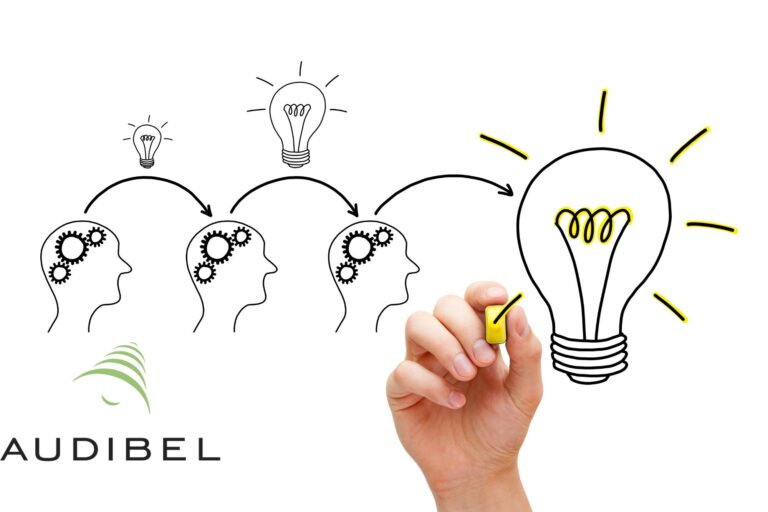Living with hearing loss can significantly impact one’s quality of life, making it difficult to communicate and enjoy everyday activities. Thankfully, hearing aids have played a vital role in helping individuals with hearing loss reclaim their ability to hear and engage with the world around them. Over the years, these remarkable devices have undergone a remarkable transformation, transitioning from analog to digital technology. In this article, we will delve into the evolution of hearing aids and highlight the advancements that have revolutionized the field of audiology.
The Era of Analog Hearing Aids:
At the forefront of hearing aid history stood the analog hearing aids. These devices employed a straightforward mechanism, amplifying sound waves to enhance a person’s hearing ability. Analog hearing aids consisted of basic components such as microphones, amplifiers, and speakers. While they were revolutionary in their time, analog hearing aids had their limitations. They offered limited amplification capabilities and struggled to distinguish speech from background noise, making it challenging for wearers to follow conversations in noisy environments.
The Transition to Digital Hearing Aids:
The introduction of digital technology brought a paradigm shift in the hearing aid industry. Digital hearing aids use advanced algorithms to process sound signals, allowing for more precise amplification and sound customization. Unlike analog counterparts, digital hearing aids can distinguish speech from background noise, enhancing speech intelligibility and improving overall listening experiences. Additionally, digital hearing aids offer greater flexibility in adjusting sound settings to accommodate different listening environments, resulting in a more personalized and tailored hearing experience.
The Advancements in Digital Hearing Aid Technology:
Digital hearing aids have experienced significant advancements over the years, leading to improved performance and user satisfaction. With each generation, digital hearing aids have become smaller, more discreet, and highly effective in delivering clear and natural sound. Today’s digital hearing aids are equipped with features like directional microphones that focus on sound from the front while reducing surrounding noise, thus enhancing speech understanding.
These devices also boast noise reduction technology, which helps filter out unwanted background noise, allowing wearers to focus on conversations and important sounds. Another notable advancement is the introduction of feedback cancellation, which minimizes the irritating whistling sounds that were often associated with analog hearing aids.
Additional Features and Connectivity Options:
In addition to the remarkable improvements in sound processing, digital hearing aids have embraced the era of connectivity. Wireless technology has revolutionized the hearing aid industry, enabling wearers to connect their devices to various audio devices, like smartphones, televisions, and music players. Bluetooth connectivity makes it possible for wearers to stream phone calls, music, and other audio content directly to their hearing aids, eliminating the need for separate headphones or earpieces.
Moreover, modern digital hearing aids come with rechargeable batteries, eliminating the hassle and expense of constantly replacing disposable batteries. They also offer tinnitus management features, providing relief for those experiencing ringing or buzzing sounds in their ears. Additionally, some digital hearing aids allow wearers to make remote adjustments using smartphone apps, empowering them to optimize their hearing experience based on individual preferences.
The Future of Hearing Aid Technology:
The journey of hearing aid advancements is far from over. The field of audiology continues to invest in research and development to push the boundaries of what hearing aids can achieve. Scientists are exploring the integration of artificial intelligence and machine learning into hearing aids, aiming to create devices that can adapt to changing environments and optimize sound settings automatically. This ongoing progress brings great hope for even more effective and seamless hearing solutions in the future.
The evolution of hearing aids from analog to digital technology has brought about transformative changes in the lives of individuals with hearing loss. Digital hearing aids offer enhanced sound quality, improved speech understanding, and personalized customization, making them indispensable tools for those seeking better hearing experiences. To explore the best options for your hearing needs, it is essential to consult with a hearing care professional who can guide you through the latest advancements and help you find the perfect solution tailored to your specific requirements. So give us a call or click here to request an appointment online. With the continuous progress in hearing aid technology, there is every reason to be hopeful and optimistic about the future of hearing care.


